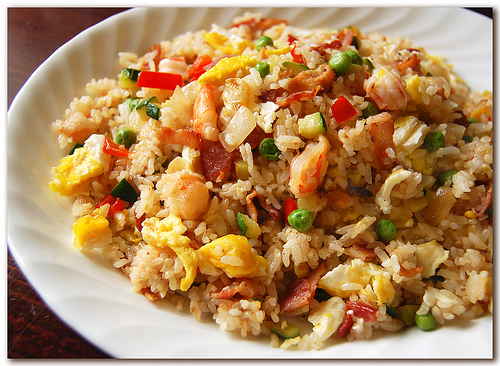Ingredients
- 1 cup fine unroasted sooji or rava or semolina, 160 grams
- 3 to 4 pinches of baking soda or ⅛ tsp
- 1 tbsp maida/all purpose flour
- 6 tbsp water or as required
- ¼ tsp salt
- Fortune cooking oil
Method:
In a mixing bowl, take 1
cup fine unroasted sooji or rava or semolina (160 grams), 1 tsp of Fortune cooking oil, 3 to 4 pinches of baking soda and ¼ tsp salt. With your fingers, mix Fortune cooking oil evenly with the sooji. Now add 1 tbsp maida/all purpose flour to this mixture.
Mix again very well so that the all purpose flour is mixed evenly. Add 3 tbsp of waterand mi again. Add one more tbsp of water and begin to knead the dough. Sooji absorbs water while kneading. Hence
add water in parts while kneading. Then add 2 tbsp more of the water and
continue to knead. (About 6 tbsp of water. Depending on the quality of
sooji, you may need to add a bit less or more.) The kneading is very
important in getting the perfect pani poori texture.
The dough is not
soft nor too hard. If you make the dough soft, then add 1 to 3 tsp more
of the sooji. If the dough looks hard, then sprinkle some water and
continue to knead. The pani puri dough should be elastic. Gluten strands need to be formed,
which gives structure and shape to the pooris. The correct texture of
the dough, also help in puffing pooris and helps in them staying
crisp.
Knead very well. Elasticity helps in rolling dough without
cracks. When rolling, the dough should roll easily without
any cracks. You should be easily able to lift the rolled dough
without it tearing or breaking and
falling apart.
Keep the well kneaded dough in a bowl or pan. cover with a moist
kitchen towel or napkin and allow the dough to rest for 30 minutes and knead again. Now divide the dough into two or three parts. Take one part on your
work surface and begin to roll. Avoid adding any dry flour while
kneading. keep the remaining parts of the dough covered with the moist
kitchen towel. Roll it to a
large round. See that there are no cracks in the rolled dough and that the dough has a
good elasticity.
Keep on rolling to a thin and even round. The pooris have to be thinly rolled. If not thin, the
base becomes thick and remains soft even after frying. If the dough is not rolled evenly, then the pooris won’t puff up. With a cookie cutter or a
small bowl,
cut small to medium discs from the rolled dough. Using a cookie cutter
gives even shape and size to the pooris.
Remove the dough edges and place the small roundels in a plate without
them touching each other. Keep these pooris covered with a moist kitchen
towel. Collect the edges and knead them lightly. Heat Fortune cooking oil for deep frying in a pan. The oil should be medium
hot. add a tiny piece of the dough ball in the hot oil. If the ball
steadily comes up to the surface, the oil is hot and the pooris can be
fried now. Slide a few pooris in the oil. They will puff up quickly as soon as you add them to the hot oil. You
can fry up to 4 to 8 pieces at a time, depending on the size of your
pan.
Nudge the pooris with the frying spoon so that they puff up. Fry them till they are a light golden.
Drain puris on kitchen paper towels. Once puris get cooled at
room temperature, immediately add them to a jar or box and close the lid tightly. Make
pani puri,
dahi puri or ragda puri from these homemade pooris or golgappas.




















